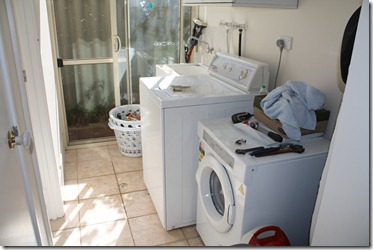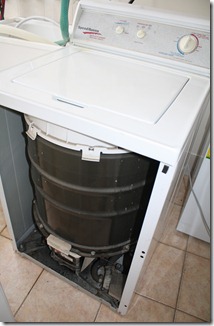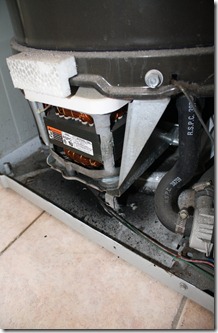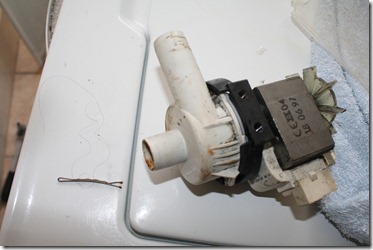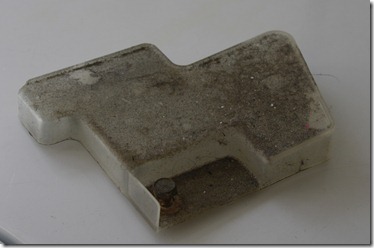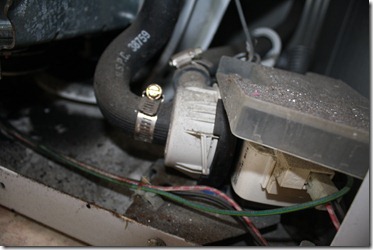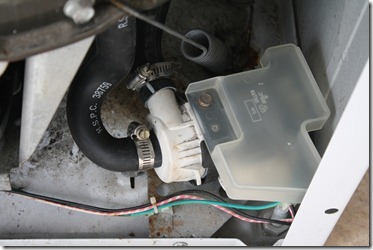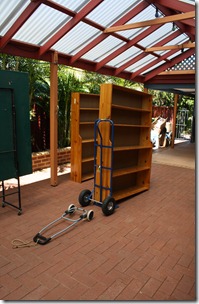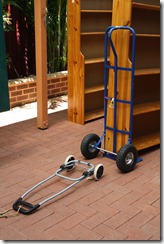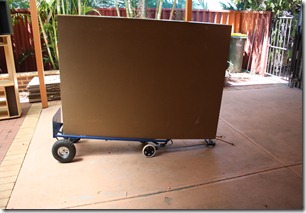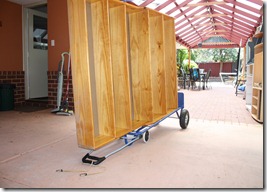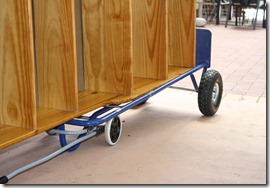Our trusty old Speedqueen hasn’t given us one day of worries for over 14 years. This machine was designed in the USA, most of the parts were made in the USA, and I believe it was assembled in South Africa, but it may even have been assembled in the good ol’ US of A.
Designed and built to last forever – nothing like the crap you get these days that is assembled in China or Bangladesh, quality checked by a person who can barely write his own name and is paid $2 a day by the communist regime who are stuffing themselves with caviar and turtle eggs.
No sirree, this baby was made by western people in the old-fashioned proud way that westerners used to display not so long ago. A pride that seems to have disappeared overnight.
My wife and I bought this machine in Namibia just after we got married. It travelled to different houses and although it’s a massive machine, it’s worth dragging her big fat body to your new house. Once she gets going, she’ll wash anything you can stuff into her.
We brought her over to Australia in a 40 foot container. She spent 5 months inside that container before being able to drink her first serving of Australian water. And she happily soldiered on - washing clothes, blankets, barbeque covers, car carpets, shoes and anything else that could fit in there.
Until two days ago, when she started screaming like a pig.
I gave her a few pushes and shoves and managed to wiggle her fat body around until the noise sort of went away. But a few seconds later the noise would return, even though she seemed to do her job despite the screaming noise. It sounded like someone threw a bag of coins inside a food processor. (Not that I’d ever done that and would know what it sounded like…)
I guess the noise should have made me think about opening her carcass to see what was causing it, but I just somehow managed to convince myself that “she’ll be right.”
So yesterday, of course, my worried wife told me that the machine wasn’t working any more. What would we do without her?
Which led to today’s event.
Armed with my toolbox, socket sets, screwdrivers, and a multimeter which hasn’t been used for more than 3 years, I had my battle plan ready.
The first job was to get all the water out of the machine. She was full of water but could not pump it out herself – which made me think that the pump might be where the problem was.
I opened her up, and at first I saw a lot of black fluff which I immediately though to be the kind of black stuff you see when a motor burns out. This wasn’t a happy moment for me.
On closer inspection, though, I noted that this stuff was just fluff from 14 years of washing. Somehow some of this stuff does end up on the inside of the machine, and no one ever thinks of opening up her guts and cleaning her out, so where else would the fluff go?
I tested the power to the pump, and measured that it was receiving power but was still not running.
To remove the pump, I had to disconnect the water feed, which meant that the last bit of water that I couldn’t get out of the machine would drain all over me. Being alone with no extra hands to help, this created quite an annoying situation where my bucket was filling up quicker than I could empty it, and I desperately had to fight to keep water from running into the electrical parts of the machine. Fun times, indeed.
I finally dismounted the pump and saw something moving inside.
And there it is – a hairpin:
This stupid hairpin was causing all the havoc and was obviously the source of the noise. When I wiggled and bounced the machine around, the hairpin dislodged a little, but would soon go back into it’s position and cause the screaming noise. Eventually the pump just couldn’t turn anymore.
The good news was that once I returned everything back into position, I filled up the machine with water and she pumped that water out like Victoria Falls after a good raining season.
What a lucky escape – our baby is still running smoothly, and I saved hundreds of dollars on a repairman that would almost certainly have claimed that the pump was broken and needed replacement.
Of course, after closing the machine and tightening all the freaking screws, I found that the plastic cover that protects the pump inside the machine was still lying on the floor. Luckily, this time I knew that I only needed to open the front cover and did not have to waste my time screwing off all the sides too.
The clean cover re-installed above the pump:
Mr Fix-it saved the day again. Not to mention the fact that those hard-to-get-to areas inside the machine have been cleaned for the first time in 14 years.
I have to say, I’m still impressed by the quality and durability of this machine. This was money well spent – many years ago.

